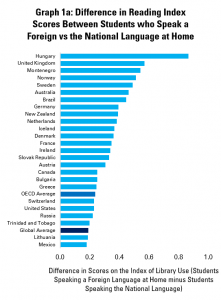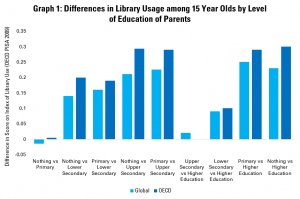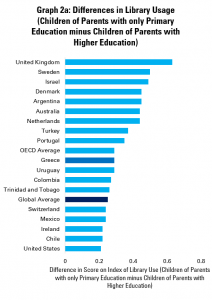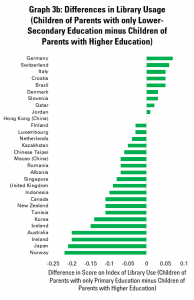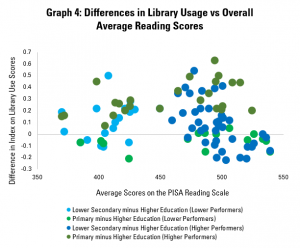According to the UN, over half the world’s population lives in cities. This is expected to increase by three billion by 2050.
Crucially, it is these people that make cities, not buildings. Cities are vast networks, made up of many smaller networks that connect citizens to one another, to services, utilities, and opportunities.
People, and the communities they form, are the heart of urban spaces. As we look to the future, how can human communities be kept in the heart of sustainable urban development?
What steps do city planners need to take, including robust participatory processes , to ensure that our evolving cities provide equitable opportunities for social engagement and mobalisation for all people?
This is the question the UN asks of us on World Cities Day 2020 with the theme: Valuing Our Communities and Cities.
As cities are interconnected networks, stakeholders from all sectors must work collaboratively in order truly to realise the goal of sustainable urban development. We cannot work in silos. Institutions that promote the inclusion of people and communities, ensuring they are informed and given the ability to take part in enacting change, are necessary.
Libraries are an essential part of this community-focused urban development.
This article explores some ways in which libraries contribute to creating better cities and better lives for the people who live in them. We invite you to share your ideas in the comments below.
Cultural Life as Urban Right
The 2020 Rome Charter affirms that the right to participate fully and freely in cultural life is vital to our cities and communities. The Charter, led by Roma Capitale and the UCLG Committee on Culture, involves over 45 cities and 95 advisors.
According to the Charter, a city that truly supports the participation of its inhabitants in cultural life is one that has provisions for people to discover, create, share, enjoy, and protect culture. Moreover, it states that this is a requirement for cities and communities to thrive.
We stress the fact that libraries contribute to each of these values.
- DISCOVER: Libraries provide access to information through their collections and internet access, where cultural expressions and heritage can be discovered.
- CREATE: Libraries encourage creativity by championing freedom of expression and providing spaces where people can exercise this.
- SHARE: Libraries are built on the principle that sharing expressions of culture enriches one’s life. Their role in promoting freedom of access to information, expression, and multicultural connectivity upholds this.
- ENJOY: Libraries are often cultural centres, they are free-of-cost places where all people are invited to access collections, services, and programmes.
- PROTECT: Libraries are memory institutions and leaders in the preservation and conservation of documentary heritage.
By supporting libraries, a city can uphold the core values of the Rome Charter. It can help ensure the right of its citizens to participate in cultural life fully and freely, as is vital to healthy cities and communities.
Memory and Change
This contribution can be vital in addressing pressing challenges, bringing about necessary changes in attitudes and practices.
The Climate Heritage Network (of which IFLA is a founding member) has led the conversation on culture’s role in climate action. Cultural institutions like libraries build a more sustainable future for our communities that keeps people and culture at the heart of development.
For example, the role of traditional, local, and Indigenous knowledge can have real impact on built adaptations and sustainable practices (The Future of our Past, ICOMOS, 2019). Libraries, as holders of memory and providers of information, have a key role to play in connecting the knowledge they hold, as well as the people they serve, to these initiatives.
The Climate Heritage Network has been taking part in Daring Cities 2020 events during Urban October. Organised by Local Governments for Sustainability (ICLEI), Daring Cities is a global forum on climate change for urban leaders tackling the climate emergency.
In a recent panel discussion, the Climate Heritage Network in partnership with ICLEI showcased local climate action by culture authorities from around the world in addressing the climate emergency, such as adaptive and resilience-building measures and climate change mitigation efforts. You can watch the full programme online here.
This high-level discussion, bringing together cultural institutions and local government, affirms the transformative role that cultural institutions can have in promoting sustainable, human-centred climate action in urban spaces.
Memory institutions (libraries, museums, and archives) must be included in climate action for their ability to engage people in the present, connect them with the knowledge of the past, and preserve information on this process for the future.
Libraries and Sustainability
Exploring this role of libraries within IFLA is the Environment, Sustainability and Libraries Special Interest Group (ENSULIB).
This Special Interest Group (which will transition to an IFLA Section in 2021) focuses on the role of libraries in social, economic and environmental sustainability including environmental threats, like climate change, as well as in broader SDG delivery.
ENSULIB has mobilised librarians around the world to connect, publish, gather (in person and virtually), and raise a call for collective action in their communities. Libraries are by nature spaces for access to knowledge and information, but they are also places for sharing, socialising, meeting with others and for personal and professional growth. The programmes they facilitate regarding climate change and sustainability help people address these issues not as abstract concepts, but rather as real factors in their communities’ health and wellbeing.
Through our work, ENSULIB elevates the role of librarians as teachers and role models for in greening practices. Libraries in cities can be poles of transformation, but they are also the example that citizens observe every time they reach their services.
Cities want to be resilient and sustainable now more than ever. The COVID-19 pandemic has challenged libraries to take an active role and help communities that need them.
Citizens transform cities and libraries can help citizens make positive choices.
Libraries in democratic societies
Looking beyond environmental sustainability, libraries also play a role in social sustainability – our ability to live and work together, and build a stronger future.
IFLA’s core values include the belief that people, communities and organisations need universal and equitable access to information, ideas, and works of imagination for their social, educational, cultural, democratic and economic well-being.
We share the conviction that delivery of high-quality library and information services helps guarantee that access.
Libraries power literate, informed, and participatory societies. They do this through by championing access to information, supporting skills-building and lifelong learning, and encouraging participation in governance.
These values will be necessary to achieve the vision for the future of urbanization in which cities are equitable providers of opportunity, connection, and social mobilisation.
In his 2018 book, Palaces for the People: How Social Infrastructure Can Help Fight Inequality, Polarization, and the Decline of Civic Life, Eric Klinenberg suggests that the future of democratic societies depends not only on shared values, but on shared spaces. This combats the racial, religious, cultural, and class divides that threaten to polarise our societies by finding a common ground – gathering places where connection is made.
Libraries are one these elements of an inclusive social infrastructure that is required for an equitable, community-valuing approach to urbanization.
See IFLA’s recent blog post, Libraries at the Heart of Democracy, for more on this topic.
Conclusion
One of the many lessons we have learned from COVID-19 is that community is vital to resilience. We have seen this in the volunteerism, community organising, and local support networks that have helped so many people through these challenging times.
As the world continues to urbanise, this value of community must be built into the fabric of our cities to create resilient and sustainable urban spaces. We need support for libraries to fully realise this goal.
Libraries are spaces for social economy to thrive. They are free-to-access, public meeting places that exist to enrich local connection and access to culture, information, and opportunity. When discussing community-focused transformative change in cities, libraries are the nodes in the network where change can be sparked.
A special thank you to ENSULIB members for contributing to this article. You can learn more about them online here.
